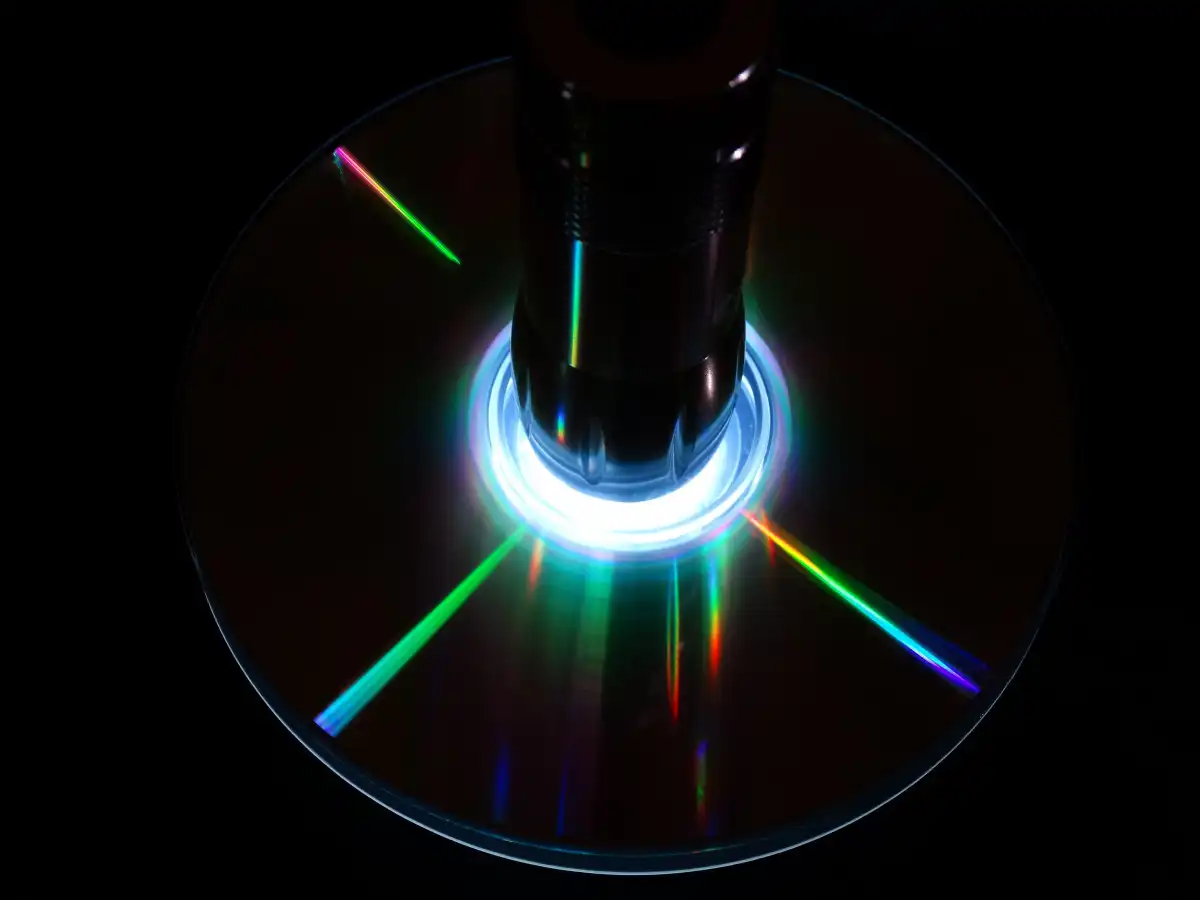Significance of Overclocking
The world of computer technology is known for pushing boundaries. One area where this is most evident is overclocking. This practice involves boosting the operating speed of the processor beyond the manufacturer's specifications. It is an attractive prospect for those seeking enhanced performance from their devices.
However, overclocking has always been a gray area. It is associated with potential damages to the hardware due to rapid voltage or heat escalation. In many cases, manufacturers void warranties if they find out that a device has been overclocked.

Recently, Advanced Micro Devices (AMD) made news when the company suggested overclocking its Ryzen Threadripper 7000 processors could activate hidden fuses. The presence of these fuses on the CPU raises many questions.
Discussions about how these hidden fuses work and the implications for consumers dominated the tech industry. Here, we delve into the matter.
The Disclosure
AMD stated that their Ryzen Threadripper 7000 series processors have hidden fuses. According to them, overclocking activates these fuses. Once activated, they reportedly leave an irreversible record on the central processing unit (CPU).
In other words, if you proceed to overclock the CPU, it will show. There is little consumers could do to hide the fact that they have done so.
Furthermore, the company added that these fuses are not visible to the naked eye. They are hidden deep within the processor, making them difficult to tamper with or remove. Their presence essentially works as a warranty 'firewall.'
The idea of these hidden fuses has caused a significant stir among tech enthusiasts and AMD users in particular. Many took to forums to discuss the implications at length.
Implications for Warranty
The first concern that comes to mind for any AMD customer centers around their product warranty. Will having these fuses blown automatically void the warranty?
According to AMD, overclocking your CPU will not automatically lead to your warranty being voided. The company stated that the fuses' presence is mainly to let them know if your CPU has been overclocked. However, it will not lead to automatic termination of the warranty.
This disclosure alleviated some worries, but it opens up room for further questions. Specifically, this relates to what AMD will do with this information in practice and how it may affect warranty claims down the line.
It is worth noting, though, that these fuses provide AMD with an additional layer of security. If any damage comes to the CPU from extreme overclocking, AMD has the evidence it needs to protect itself from unfounded claims.
What Does This Mean for Consumers?
A number of customers have expressed concern about this revelation. With in-built fuses registering overclocking activity, the anonymity one might have enjoyed before when overclocking is no longer present. Users will need to be more cautious when deciding to overclock their CPUs.
Furthermore, this news may potentially affect the decision-making process of some consumers. Those who regularly overclock their devices might think twice before buying processors with such features.
However, on the bright side, AMD’s disclosure about not automatically voiding the warranty upon fuse activation should bring some reassurance. Overclocking, in many cases, remains a valid avenue for users who want more from their machines. Especially since the fuses won't immediately render a warranty void.
Still, it's important to bear in mind that this doesn't entirely rid the process of any risks or consequences.
Final Remarks
The news of AMD’s hidden fuses in their Ryzen Threadripper 7000 series has certainly sparked a ton of discussions. While the disclosure was surprising, it brings some transparency into the company’s stance towards overclocking and warranty voidance.
This provides some reassurance to users as they can overclock without automatically jeopardizing their product’s warranty. However, it’s also a powerful reminder of the potential consequences, which users should consider before taking the overclocking route.
Overall, the news has underscored the necessity for brands like AMD to deliver clear and comprehensive information regarding their products. This transparency will help customers make informed decisions as they navigate the dynamic field that is computing technology.
In the end, overclocking remains a choice. With this new revelation, there's more for the user to consider, but the decision ultimately lies in their hands. These developments in the realm of overclocking only serve to contribute to the ongoing discussions on optimizing hardware and the extent to which users can manipulate their devices for better performance.